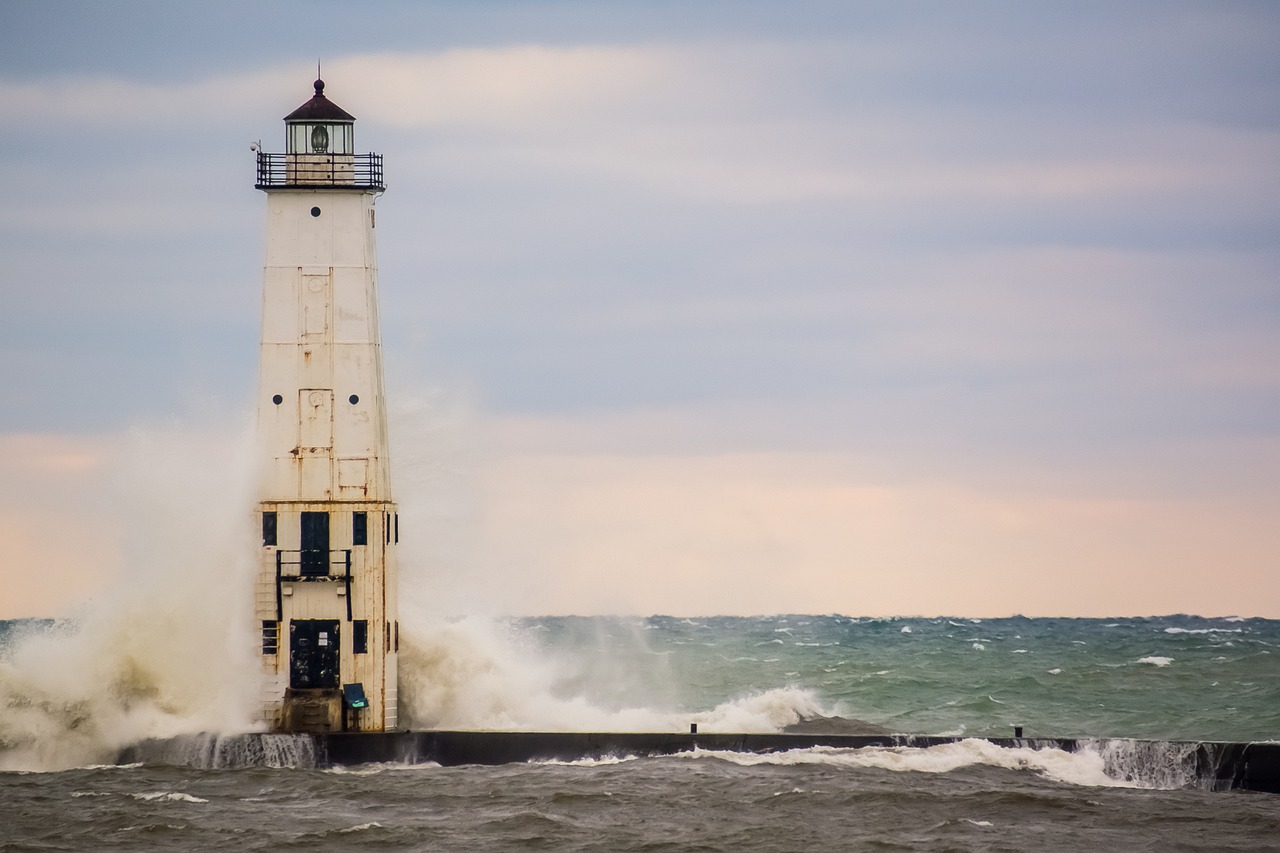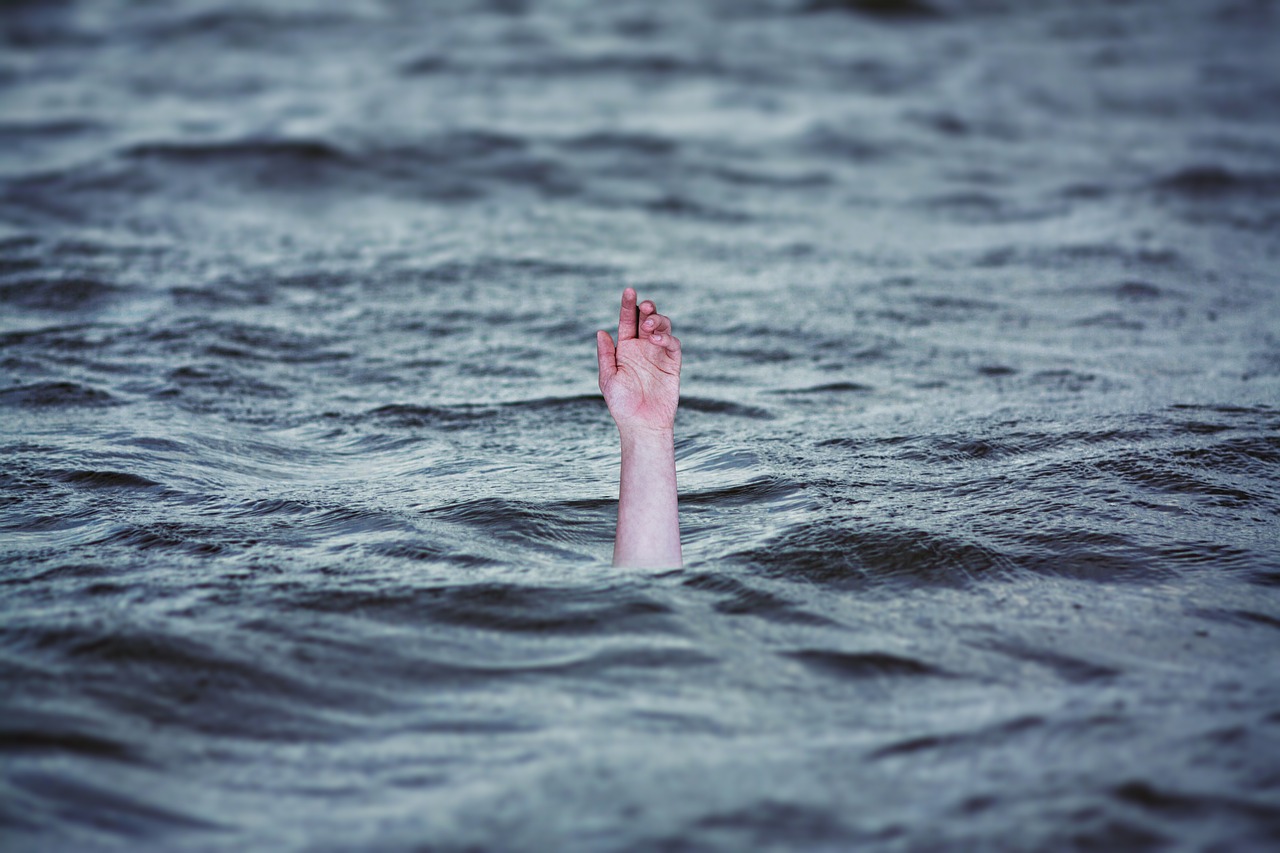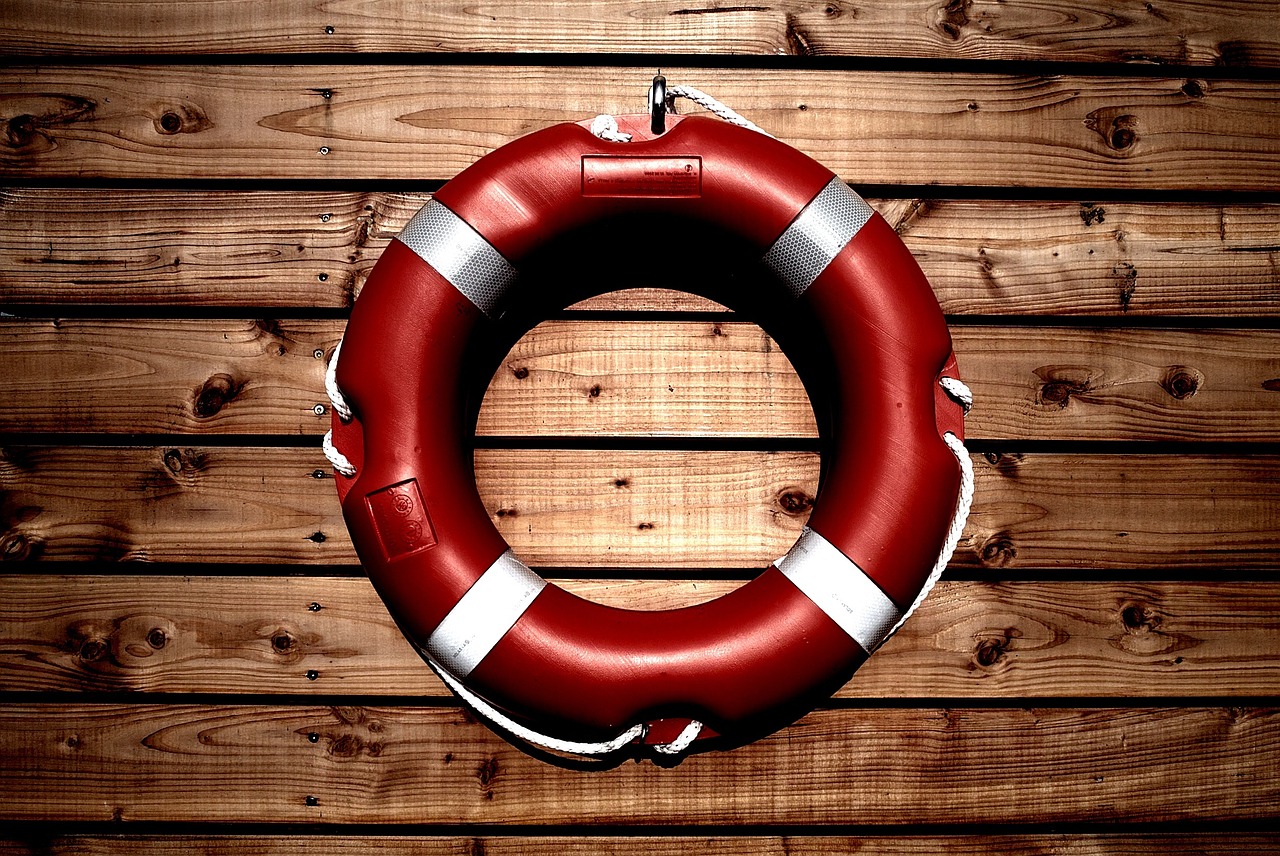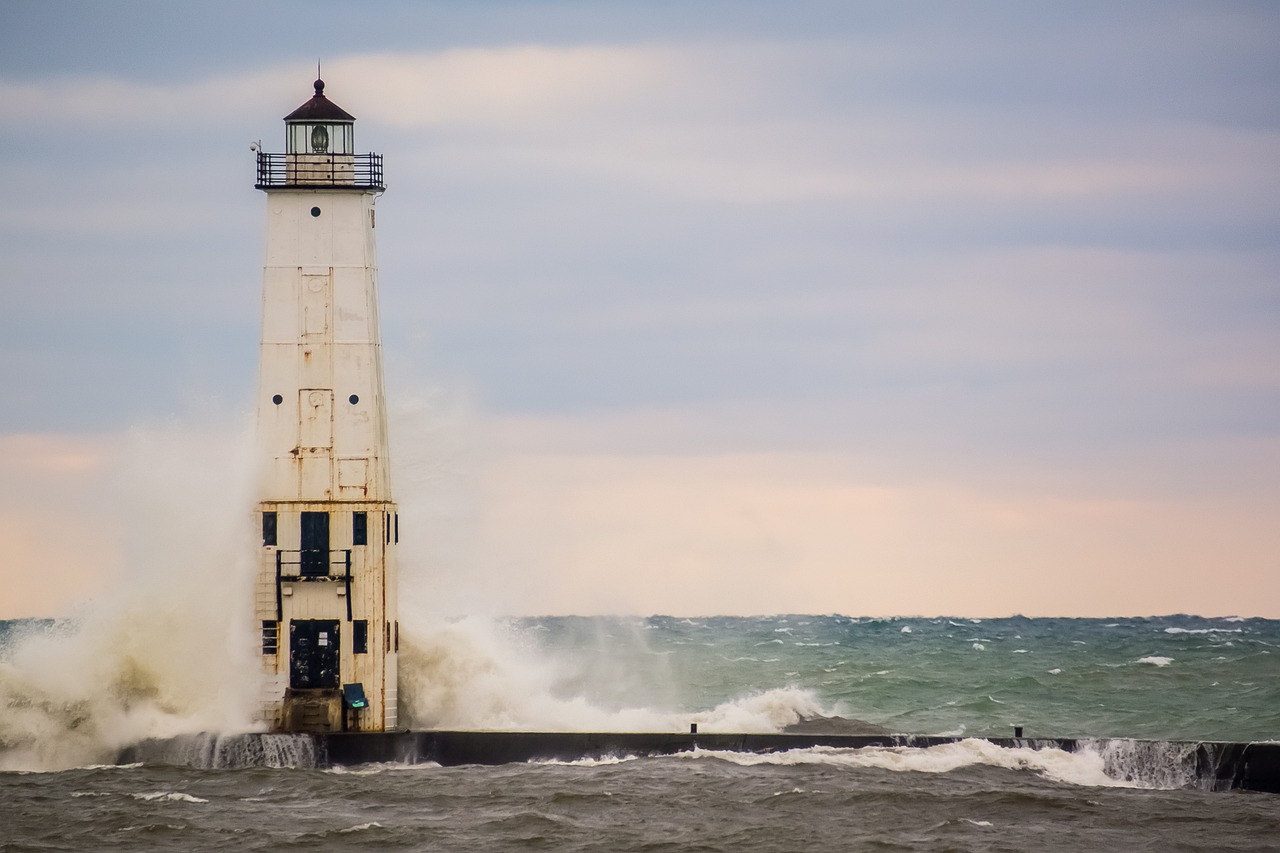
As a parent, one of your top priorities is to ensure your child’s safety, especially when it comes to being around water while traveling. Whether it’s a beach vacation or a relaxing day at the pool, water can pose potential risks for children. In this article, we will provide you with essential tips and guidelines on how to keep your child safe around water during your travels. From teaching them basic swim skills and enforcing strict supervision to providing appropriate water safety gear, we’ve got you covered. By following these helpful recommendations, you can have peace of mind knowing that your child is safe and secure near water while enjoying your trip.

This image is property of pixabay.com.
1. Research and choose child-friendly accommodation
When planning a trip with your child, it is essential to choose accommodation that prioritizes their safety around water. Here are a few key factors to consider when researching child-friendly accommodation:
1.1 Check for a secure, enclosed pool area
Before booking your accommodation, ensure that the pool area is secure and enclosed. This will prevent your child from wandering into the water unsupervised. Look for features such as locked gates or fences around the pool area to provide an additional layer of safety.
1.2 Look for accommodation with lifeguards on duty
Having lifeguards on duty can significantly enhance the safety of your child while they enjoy the pool. Lifeguards are trained to recognize and respond to potential hazards, providing peace of mind for parents. Look for accommodations that have lifeguards present during designated hours.
1.3 Ensure there are safety measures in place for bathrooms and bathtubs
Water safety is not limited to swimming pools and beaches; it extends to bathrooms and bathtubs as well. Make sure the accommodation you choose has safety measures in place, such as non-slip mats, grab bars, and childproof locks on bathroom doors. These precautions will minimize the risk of accidents and ensure your child’s safety.
2. Teach your child water safety skills
In addition to selecting a safe accommodation, it is important to equip your child with water safety skills. Teaching them how to navigate water safely will empower them and provide an extra layer of protection.
2.1 Enroll them in swimming lessons
One of the best ways to ensure your child’s safety around water is to enroll them in swimming lessons. Professional instructors can teach them essential swimming techniques and water survival skills. These lessons will cultivate their comfort and confidence in the water, helping them stay safe during water-based activities.
2.2 Teach them about water hazards and how to avoid them
Educate your child about water hazards, such as strong currents, rip currents, and undertows. Teach them how to identify and avoid these dangers, emphasizing the importance of staying away from areas with warning signs or rough water conditions. By understanding potential risks, your child will be better prepared to make wise decisions when they encounter these hazards.
2.3 Practice water safety rules and emergency procedures
Regularly reinforce water safety rules and emergency procedures with your child. Teach them basic safety measures, such as never swimming alone, always wearing a life jacket when boating, and never diving into unfamiliar water. Encourage them to ask questions and clarify any doubts they may have. By practicing these rules and procedures, your child will internalize them and be more likely to follow them when necessary.
3. Always supervise your child around water
No matter how confident your child is in the water or how safe the environment seems, never leave them unsupervised around water. Your active supervision is crucial to ensuring their safety.
3.1 Stay within arm’s reach
When your child is swimming or playing in the water, stay within arm’s reach at all times. This close proximity ensures that you can quickly respond if they find themselves in a difficult situation. By being nearby, you can provide immediate assistance or intervention if necessary.
3.2 Avoid distractions like mobile phones
While supervising your child, it is important to avoid distractions, especially mobile phones. Keep your attention focused solely on the task at hand – ensuring your child’s safety around the water. Distracted supervision can increase the risk of accidents or prevent you from noticing potential hazards.
3.3 Use the buddy system
Encourage your child to swim with a buddy at all times. This ensures that they have a companion who can raise an alarm or seek help if either of them encounters any difficulty. The buddy system promotes a sense of responsibility and accountability, enhancing overall water safety.
4. Carry essential safety equipment
When traveling with your child, it is essential to be prepared and carry necessary safety equipment. Here are a few items you should consider packing:
4.1 Pack U.S. Coast Guard-approved life jackets
Life jackets are an essential safety item, particularly if your child is not a strong swimmer. Pack U.S. Coast Guard-approved life jackets that are appropriate for your child’s weight and size. Ensure that the life jacket fits properly and is worn correctly whenever your child is near or in the water.
4.2 Bring pool and beach safety tools (life rings, rescue tubes)
Pool and beach safety tools such as life rings and rescue tubes can be instrumental in providing assistance during emergencies. These tools can help you reach your child or someone else in distress and provide buoyancy support until help arrives. Having these items readily available can make a significant difference in an emergency situation.
4.3 Consider using water alarms for extra security
Water alarms are devices that can be put in or near the water to alert you if a child enters the water unsupervised. These alarms can be particularly useful if you have a pool or are staying near open water. Consider investing in water alarms to provide an additional layer of security and peace of mind.

This image is property of pixabay.com.
5. Stay informed about local water conditions
Being aware of local water conditions is crucial for ensuring your child’s safety when traveling. Here are some steps you can take to stay informed:
5.1 Research water safety guidelines and warnings
Before your trip, research the specific water safety guidelines and warnings for your destination. Read up on any local laws or regulations regarding swimming or water activities. This will help you understand the potential risks and make informed decisions regarding your child’s safety.
5.2 Pay attention to currents, tides, and weather forecasts
Keep a close eye on the currents, tides, and weather forecasts for the duration of your trip. These factors can significantly impact water safety. Avoid swimming in areas with strong or dangerous currents and be mindful of changing weather conditions. Stay vigilant and adjust your plans accordingly to ensure your child’s safety.
5.3 Seek advice from locals or lifeguards
When you arrive at your destination, seek advice from locals or lifeguards regarding the current water conditions and any potential hazards. They have valuable knowledge and experience specific to the area and can provide valuable insights that may not be readily available online or in tourist brochures.
6. Teach your child about potential dangers
Educating your child about potential water dangers is essential for their safety. By raising awareness and discussing these risks openly, you can empower your child to make safe decisions.
6.1 Explain the dangers of rip currents
Rip currents can be treacherous, even for experienced swimmers. Take the time to explain what rip currents are and the dangers they pose. Teach your child how to identify the signs of a rip current, such as discolored water or a noticeable difference in wave patterns, and instruct them to swim parallel to the shore if caught in one.
6.2 Educate them about the risks of diving into unfamiliar water
Diving into unfamiliar water can lead to serious head or spinal injuries. Teach your child the importance of checking the water depth and ensuring it is safe before diving. Emphasize that they should only dive into water that is known to be deep enough and free from rocks or other hidden hazards.
6.3 Discuss the importance of not swimming alone
It is vital to instill in your child the importance of never swimming alone. Explain that having a swimming companion or adult supervision significantly reduces the risk of accidents or emergencies. Encourage them to always swim with a buddy, whether it’s a friend, family member, or lifeguard.

This image is property of pixabay.com.
7. Establish clear water safety rules
Setting clear water safety rules for your child helps establish boundaries and expectations, ensuring their safety and well-being. Here are some guidelines to consider:
7.1 Set boundaries for where and when they can swim
Establish specific boundaries for where and when your child can swim. Designate safe areas and restrict access to areas with potential dangers, such as deep water or rough currents. Communicate these boundaries clearly to your child and reinforce them consistently.
7.2 Create rules for water activities like boating or snorkeling
If you plan to engage in activities like boating or snorkeling, establish rules specific to these activities. For example, you may require your child to wear a life jacket while boating or insist on snorkeling only in shallow, calm waters. These rules will help mitigate risks and ensure safe participation in such activities.
7.3 Emphasize the importance of following these rules
Make sure your child understands the importance of following these water safety rules at all times. Explain that these rules are in place to keep them safe and that failure to adhere to them can have serious consequences. By emphasizing their significance, you reinforce responsible behavior around water.
8. Be prepared for emergencies
While we hope emergencies never occur, being prepared for them is essential. Take the following steps to ensure you are ready to respond effectively:
8.1 Know CPR and first aid
Having knowledge of CPR (Cardiopulmonary Resuscitation) and first aid can be lifesaving in water-related emergencies. Consider taking a CPR and first aid course, specifically tailored to aquatic settings. These skills will equip you with the necessary tools to provide immediate assistance until professional help arrives.
8.2 Keep emergency contacts and local emergency numbers handy
Prioritize familiarizing yourself with local emergency numbers and ensure they are readily accessible. This will save precious time in the event of an emergency. Additionally, keep a list of emergency contacts, including your child’s healthcare provider and any relevant insurance information, easily accessible on your phone or in a physical copy.
8.3 Have a plan in case of a water-related incident
Prepare an emergency plan specifically for water-related incidents. Discuss the plan with your child, outlining the steps they should take and the role you will assume. Make sure they understand the importance of remaining calm and following your instructions should an emergency occur. Regularly review and practice this plan to ensure everyone is well-prepared.
9. Encourage open communication
Creating an environment of open communication is crucial for your child’s safety around water. Encourage them to share their concerns, discomfort, or fear related to water activities.
9.1 Teach them to recognize and communicate their discomfort or fear
Help your child recognize and communicate their feelings of discomfort or fear around water. Encourage them to express themselves openly and assure them that their feelings are valid. By doing so, you can address any issues promptly and take necessary precautions to alleviate their concerns.
9.2 Create a safe space for them to ask questions about water safety
Foster a safe and open space for your child to ask questions about water safety. Encourage curiosity and provide age-appropriate answers to their queries. By addressing their questions, you empower them with knowledge and understanding, further enhancing their safety consciousness.
9.3 Discuss the importance of speaking up if they see someone in need
Emphasize the importance of community and the responsibility we have to help others. Teach your child to recognize signs of distress in others and to immediately inform a lifeguard or a trusted adult. This mindset cultivates a sense of compassion and responsibility, ensuring that they contribute to maintaining a safe environment for everyone.
10. Lead by example
As a parent or caregiver, you play a crucial role in shaping your child’s behavior and attitudes towards water safety. Leading by example sets a powerful precedent and reinforces the importance of following safety protocols.
10.1 Practice water safety yourself
Demonstrate responsible water safety practices by consistently adhering to the same rules and precautions you expect your child to follow. Wear a life jacket when necessary, practice active supervision, and avoid risky behaviors around water. By modeling responsible behavior, you show your child the importance of prioritizing safety.
10.2 Show your child the importance of following safety protocols
Consistently reinforce the importance of following safety protocols, such as wearing a life jacket or swimming in designated areas. Explain why these rules exist and the potential consequences of disregarding them. By doing so, you emphasize the significance of these measures and encourage your child to prioritize their safety.
10.3 Demonstrate responsible behavior around water
Demonstrate responsible behavior around water by respecting warning signs, heeding lifeguard instructions, and being mindful of your surroundings. Show your child the importance of being aware of potential hazards and taking necessary precautions. Your responsible behavior will reinforce the lessons you teach your child and help them develop a lifelong commitment to water safety.
In conclusion, ensuring your child’s safety around water while traveling requires careful planning and proactive measures. From choosing child-friendly accommodation to teaching them water safety skills and setting clear rules, each step plays a crucial role in protecting your child. Combined with active supervision, preparedness for emergencies, and open communication, you can create a safe and enjoyable environment for your child to enjoy water-based activities. Remember to lead by example and demonstrate responsible behavior, as your actions have a lasting impact on your child’s attitude towards water safety.



